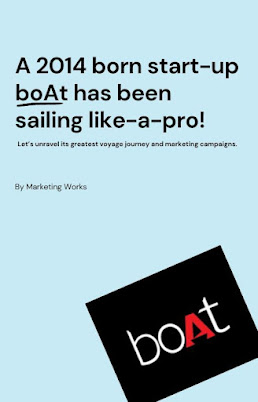Have you ever gotten confused after entering a shopping mall? Lost track of your needs and wants? Or made impulse purchases to take advantage of perceived deals?
If yes, you have encountered the famous Gruen effect in real life. But what is it, and how did that happen?
Let’s look at this marketing concept to better understand its effect…
The Gruen Effect
The effect, named after its inventor – Austrian architect Victor Gruen is a physiological phenomenon in which an idealized hyperreality is realized by intentionally disorienting the space of a retail store. The disorientation is so remarkably designed and dazzling that shoppers become enticed to purchase more than what they came for. They will forget their original objective and continue happily consuming.
In Short, it is a combination of little subtle guidelines and small commercial marketing tactics intended to make shoppers buy things he/she would not intend to buy initially while entering the store.
This Strategy is well known to big retailers like Walmart, IKEA, Costco and Target. However, implementing this effect doesn't just involve the intentional reconstruction of malls or retail stores but many other marketing strategies implemented together.
The IKEA Effect
The use of this effect in one of the Swedish multinational companies— IKEA has become an integral part of its brand identity and of course a marketing strategy. Customers are forced to take a tour of the store– all their departments, from the moment they enter the store no matter what their initial intention was to purchase.
Not only does this allow the company to showcase the products it manufactures but also attractive offers they have on their products to customers.
This doesn’t mean they want their customers to feel caged or caught up inside the store– although the store is designed with some curves or Obstacles, it does have some stops that make them feel refreshed and shortcuts too… to take them to the department, often visibly indicated with an arrow in the door frame they want to visit.

But most customers aren’t aware of the same.
Many of its departments are organized in aisles in which fresh or most demanded products are placed at the end of the store. But, that simply doesn’t mean the visitor once visited will never visit their store.
IKEA — takes this strategy to the next level by modifying its stores by 30-60% every season. This gives customers a substantially different tour the next time they visit the store.
However, the design isn’t the only contributing factor to its success…
There are others too…
Key Factors:
- Its continuous search for balance and compatibility between the Nordic designs (and names) of its products, and the needs, preferences and budget of its customers.
- Its focus is mainly on small families and single people who live on their own having a perspective of happiness, independence and optimism.
Another such MNC nailing this effect is Walmart– It places essential items like bread, butter & milk at the back of the store– forcing customers to walk through the sections having new product displays, promotional offers and much more. Doing this helps Walmart increase the chances of impulse buying by shoppers.
Know other companies who have better implemented this strategy?
Let us know in the comment below. Not just this but also what makes it better…









1 Comments
Getting a job in this competitive field might look like a dream for freshers, but it is achievable if you possess the proper education, training, and job search techniques. We will learn how to search for fresher data analyst jobs in USAfor freshers, the top data analysis colleges, employment trends, and the skills needed.
ReplyDelete